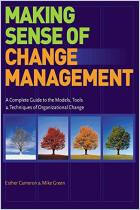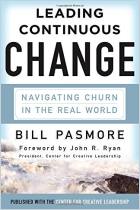
The Theory and Practice of Change Management
Read or listen offline
Amazon KindleRecommendation
The preface to this book says it was “originally written for practicing managers and for M.B.A. students and others who have considerable experience of working in organizations.” That is a great goal, but make no mistake: this is a textbook, with all the good and bad that term implies. On the positive side, it means that author John Hayes is extremely expert, complete and methodical. He defines all the terms, summarizes all the research, and breaks all the chapters into units complete with case studies, diagrams and concluding summaries. On the negative side, it means this book can be very slow-going in spots, the style is sometimes academic and, especially in the early chapters, the author tends to emphasize broad theoretical frameworks rather than tools you can apply immediately. Hayes does get to specific suggestions later in the book and they are quite useful, but getAbstract recommends his comprehensive tome primarily to students of change management and to patient practitioners. Those who want to learn change management will come away far better informed, but not without working at it.
Summary
About the Author
John Hayes is a management consultant and professor of management at Leeds University Business School in the United Kingdom, where he directs the Centre for Organisational Behaviour Research and Analysis.

















Comment on this summary or Начать обсуждение